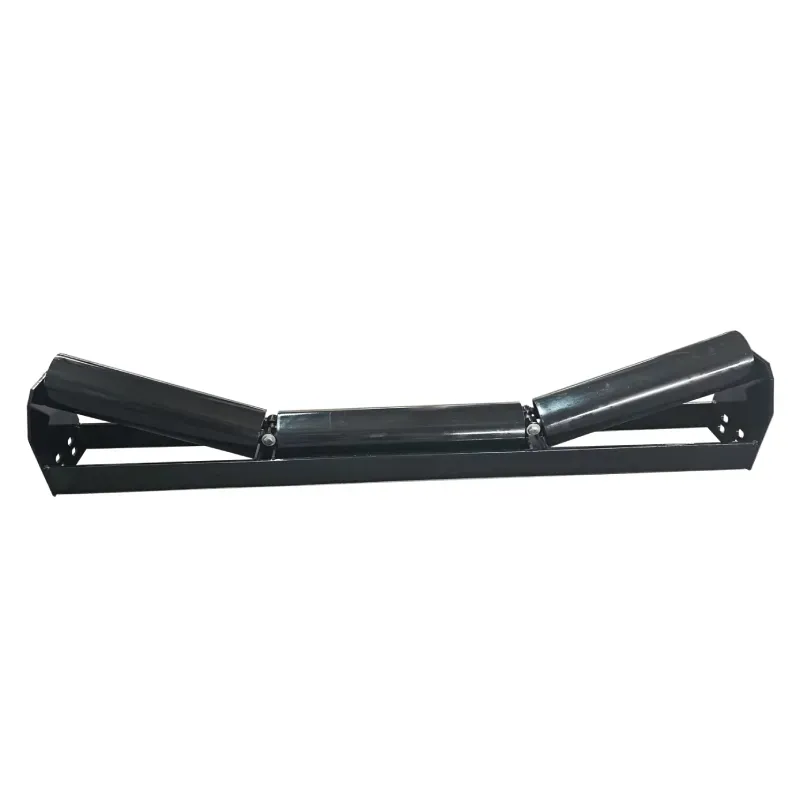 Afrikaans
Afrikaans  Albanian
Albanian  Amharic
Amharic  Arabic
Arabic  Armenian
Armenian  Azerbaijani
Azerbaijani  Basque
Basque  Belarusian
Belarusian  Bengali
Bengali  Bosnian
Bosnian  Bulgarian
Bulgarian  Catalan
Catalan  Cebuano
Cebuano  Corsican
Corsican  Croatian
Croatian  Czech
Czech  Danish
Danish  Dutch
Dutch  English
English  Esperanto
Esperanto  Estonian
Estonian  Finnish
Finnish  French
French  Frisian
Frisian  Galician
Galician  Georgian
Georgian  German
German  Greek
Greek  Gujarati
Gujarati  Haitian Creole
Haitian Creole  hausa
hausa  hawaiian
hawaiian  Hebrew
Hebrew  Hindi
Hindi  Miao
Miao  Hungarian
Hungarian  Icelandic
Icelandic  igbo
igbo  Indonesian
Indonesian  irish
irish  Italian
Italian  Japanese
Japanese  Javanese
Javanese  Kannada
Kannada  kazakh
kazakh  Khmer
Khmer  Rwandese
Rwandese  Korean
Korean  Kurdish
Kurdish  Kyrgyz
Kyrgyz  Lao
Lao  Latin
Latin  Latvian
Latvian  Lithuanian
Lithuanian  Luxembourgish
Luxembourgish  Macedonian
Macedonian  Malgashi
Malgashi  Malay
Malay  Malayalam
Malayalam  Maltese
Maltese  Maori
Maori  Marathi
Marathi  Mongolian
Mongolian  Myanmar
Myanmar  Nepali
Nepali  Norwegian
Norwegian  Norwegian
Norwegian  Occitan
Occitan  Pashto
Pashto  Persian
Persian  Polish
Polish  Portuguese
Portuguese  Punjabi
Punjabi  Romanian
Romanian  Russian
Russian  Samoan
Samoan  Scottish Gaelic
Scottish Gaelic  Serbian
Serbian  Sesotho
Sesotho  Shona
Shona  Sindhi
Sindhi  Sinhala
Sinhala  Slovak
Slovak  Slovenian
Slovenian  Somali
Somali  Spanish
Spanish  Sundanese
Sundanese  Swahili
Swahili  Swedish
Swedish  Tagalog
Tagalog  Tajik
Tajik  Tamil
Tamil  Tatar
Tatar  Telugu
Telugu  Thai
Thai  Turkish
Turkish  Turkmen
Turkmen  Ukrainian
Ukrainian  Urdu
Urdu  Uighur
Uighur  Uzbek
Uzbek  Vietnamese
Vietnamese  Welsh
Welsh  Bantu
Bantu  Yiddish
Yiddish  Yoruba
Yoruba  Zulu
Zulu Exploring the Importance of Roller Idlers in Conveyor Systems and Their Efficiency
The Roller Idler An Essential Component in Conveyor Systems
In the realm of material handling and transportation, efficient movement of goods is crucial for various industries. One pivotal component that plays a significant role in ensuring this efficiency is the roller idler. Whether in manufacturing, mining, or logistics, roller idlers are instrumental in the smooth operation of conveyor systems, aiding in the seamless transfer of materials from one point to another.
Understanding Roller Idlers
Roller idlers are cylindrical components that support the weight of the conveyor belt and its load. They are typically placed beneath the conveyor belt at regular intervals and are designed to reduce friction as the belt travels over them. This reduction in friction is vital for minimizing energy consumption and maximizing the lifespan of both the conveyor belt and its components.
There are various types of roller idlers, including flat, trough, and impact idlers, each suited for different applications. Flat idlers, for instance, are commonly used in light-duty systems, while trough idlers are designed to carry bulk materials and enhance material containment. Impact idlers, on the other hand, are specifically engineered to absorb the force of falling materials, thereby protecting the conveyor belt from damage.
The Importance of Roller Idlers
The significance of roller idlers cannot be overstated
. By supporting the conveyor belt, they ensure stability and alignment, which is critical for maintaining a consistent flow of materials. This stability is particularly important in high-speed applications where misalignment can lead to increased wear and tear or even catastrophic failure.roller idler

Moreover, roller idlers contribute to the overall efficiency of the conveyor system. By minimizing friction, they allow the conveyor belt to operate more smoothly, which in turn reduces the amount of energy required to move materials. This energy efficiency not only lowers operational costs but also has a positive impact on the environment by reducing the carbon footprint of industrial operations.
Maintenance and Longevity
Like any mechanical component, roller idlers require regular maintenance to ensure optimal performance and longevity. Routine inspections should be carried out to check for wear, damage, or misalignment. Bearings should be lubricated periodically, as this helps to reduce friction and extend the lifespan of the rollers.
Additionally, the material of the roller idler itself plays a significant role in its durability. Idlers made from high-quality materials, such as steel or heavy-duty polymers, tend to have a longer service life and better resistance to environmental conditions, including moisture, dust, and temperature changes.
Future Trends
As industries continue to evolve, so too does the technology surrounding roller idlers. The integration of smart technology, for example, is becoming increasingly common. Sensors and monitoring systems can be installed to provide real-time data on the performance of idlers, allowing for predictive maintenance and minimizing downtime.
In conclusion, roller idlers are an essential component of modern conveyor systems, significantly contributing to the efficiency and effectiveness of material handling processes. Through regular maintenance and the adoption of new technologies, industries can ensure that their roller idlers remain in optimal condition, thus enhancing productivity and reducing operational costs. As we continue to innovate and improve our systems, the roller idler will undoubtedly remain a key player in the future of material handling.
-
Revolutionizing Conveyor Reliability with Advanced Rubber Lagging PulleysNewsJul.22,2025
-
Powering Precision and Durability with Expert Manufacturers of Conveyor ComponentsNewsJul.22,2025
-
Optimizing Conveyor Systems with Advanced Conveyor AccessoriesNewsJul.22,2025
-
Maximize Conveyor Efficiency with Quality Conveyor Idler PulleysNewsJul.22,2025
-
Future-Proof Your Conveyor System with High-Performance Polyurethane RollerNewsJul.22,2025
-
Driving Efficiency Forward with Quality Idlers and RollersNewsJul.22,2025





























